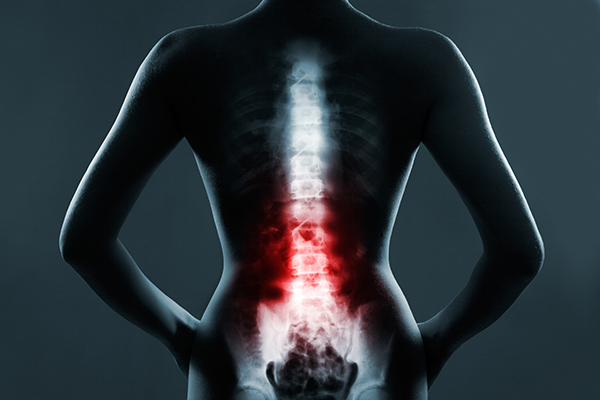The spine is often viewed as merely the “backbone” of the human body, an architectural marvel that holds upright. Yet beneath its sturdy exterior lies a highly intricate system of bones, discs, ligaments, nerves and muscles that communicate seamlessly with every part of the body. When this communication is disrupted, particularly within the lumbar region, the effect can travel far beyond the back itself, manifesting as leg pain, weakness, numbness or discomfort. Understanding the critical relationship between the spine and the legs is key to identifying, treating and preventing potentially debilitating conditions. Spine surgery in Ludhiana advanced treatment options, expert surgeons, modern facilities and personalised care for patients seeking relief from spinal disorders
The Spine-Leg Connection: Anatomy and Nerve Pathway
At the heart of this relationship are the spinal nerves, which branch off the spinal cord through openings between vertebrae. These nerves serve as conduits, transmitting motor and sensory signals between the brain and the lower limbs. Ortho doctors in India specialise in pioneered techniques like percutaneous endoscopic lumbar discectomy.
The lumbar spine and sacral spine regions are vital for leg function. Any disruption, whether through compression, inflammation or injury along these pathways, can cause pain that radiates from the lower back down into the legs, a phenomenon commonly referred to as radiculopathy. Ortho doctors in India ensure comprehensive care for patients with spinal disorders. These specialists are renowned for their expertise in both surgical and non-surgical treatments.
Spinal Issues that Cause Leg Pain
- Herniated or bulging discs
Intervertebral discs act as cushions between the vertebrae. When a disc herniates or bulges, its soft inner material may protrude and press against adjacent spinal nerves. A herniated disc in the lumbar spine can irritate the sciatic nerve, leading to sciatica characterised by sharp, shooting pain radiating down one leg.
- Symptoms and unique point
Symptoms like burning, tingling, numbness or weakness in the leg or foot. Some patients may feel no back pain at all, only intense leg symptoms.
- Spinal stenosis
Spinal stenosis refers to the narrowing of spaces within the spine, which exerts pressure on the nerves. In the lumbar region, it commonly leads to neurogenic claudication, where individuals experience cramping, pain or heaviness in the legs during walking, relieved by sitting or bending forward.
- Symptoms and unique point
Symptoms like leg pain, numbness, weakness or fatigue, particularly during activity. Pain improves with sitting or flexing the spine, distinguishing it from vascular causes of leg pain.
- Spondylolisthesis
This condition occurs when one vertebra slips forward over the one below it, potentially compressing nerve roots and leading to radiating leg pain.
- Symptoms and unique point
Symptoms like lower back stiffness, leg weakness and altered gait. It may develop from congenital issues, trauma or degenerative changes.
- Degenerative disc disease
As people age, spinal discs lose hydration and elasticity, making them more prone to tears and nerve irritation. Though technically part of the natural ageing process, when symptomatic, it can cause referred pain in the hips, buttocks and legs.
- Symptoms and unique point
Symptoms include deep aching pain with periods of sharper nerve pain. Pain is often worse with sitting or prolonged standing.
How Does It Happen? The Mechanism Behind Spine-related Leg Pain
- Nerve compression
Mechanical pressure disrupts nerve signal transmission, causing pain, numbness or weakness.
- Inflammation
Irritation or chemical inflammation from disc material aggravates nerves even without direct compression.
- Ischemia
Prolonged compression can impair nerve blood supply, worsening symptoms.
- Central sensitisation
Chronic nerve irritation may cause the nervous system to become hypersensitive, amplifying pain signals.
Treatment Strategies
- Conservative Therapies: Physical therapy, anti-inflammatory medications, epidural steroid injections.
Surgical Intervention: Decompression procedures or stabilisation surgeries may be necessary for severe cases.
Lifestyle Modification: Weight management, ergonomic adjustments and core stretching exercises.
A multidisciplinary approach often offers the best outcomes.
Conclusion
Leg pain and discomfort are not always straightforward symptoms. They often whisper or shout about hidden troubles in the spine. Spine surgery in Ludhiana offers treatment for a range of spine-related conditions from simple to complex cases. Recognising the spine’s silent influence over the lower limbs allows for earlier intervention, more precise treatment and ultimately, a quicker return to mobility and quality of life. Listening when the spine speaks can make the difference between chronic suffering and empowered, proactive health.
